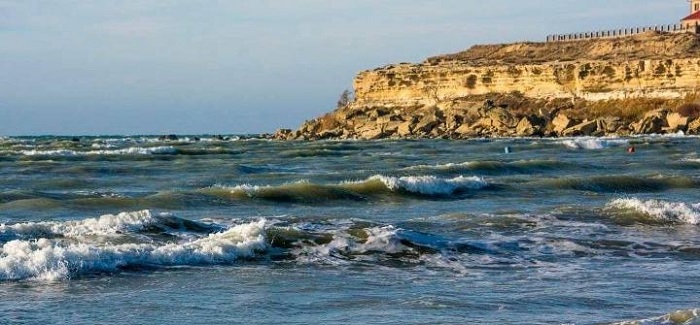Floods bring relief to Atyrau region and replenish other water bodies in the country
The Caspian Sea in Kazakhstan has some good news to report. The water level in the northeastern part (Atyrau region) has risen by a significant 119 centimeters (over a meter) in 2024. This increase is attributed to the abundant discharge of floodwater flowing through the Zhaiyk River during April and May, according to the Ministry of Water Resources and Irrigation of Kazakhstan.
For years, environmentalists have expressed concern about the Caspian Sea’s receding water levels. This positive development offers a glimmer of hope amidst the previously discouraging forecasts.
The floods contributed significantly, with approximately 7.4 billion cubic meters of water entering the Caspian Sea via the Zhaiyk River. Additionally, authorities in the Atyrau region utilized designated channels to effectively manage the floodwater, directing an estimated 350 million cubic meters towards the Caspian Sea.
The positive impact extends beyond the Caspian Sea. These floods have also helped replenish other water bodies in Kazakhstan that were facing water scarcity and ecological challenges.
“Since the floods began, we’ve been able to send 3.3 billion cubic meters of water to Lake Balkhash,” stated Vice Minister of Water Resources and Irrigation, Nurlan Aldamzharov. “Furthermore, refilling efforts at the Northern Aral Sea are progressing well, with over 1.1 billion cubic meters of water replenished since the start of the year.”
Currently, the water volume in the Northern Aral Sea sits at an encouraging 21.4 billion cubic meters.
At the 86th meeting of the Interstate Coordinating Water Management Commission, which includes Kazakhstan, Kyrgyzstan, Tajikistan, Turkmenistan and Uzbekistan, the parties agreed that 997 million cubic meters of water will enter the Northern Aral Sea during the irrigation season, and the inflow will be at least 30 cubic meters per second. Now the sea receives 50 cubic meters of water per second, a significant increase from last year’s mere 6 cubic meters per second. ///nCa, 2 July 2024
